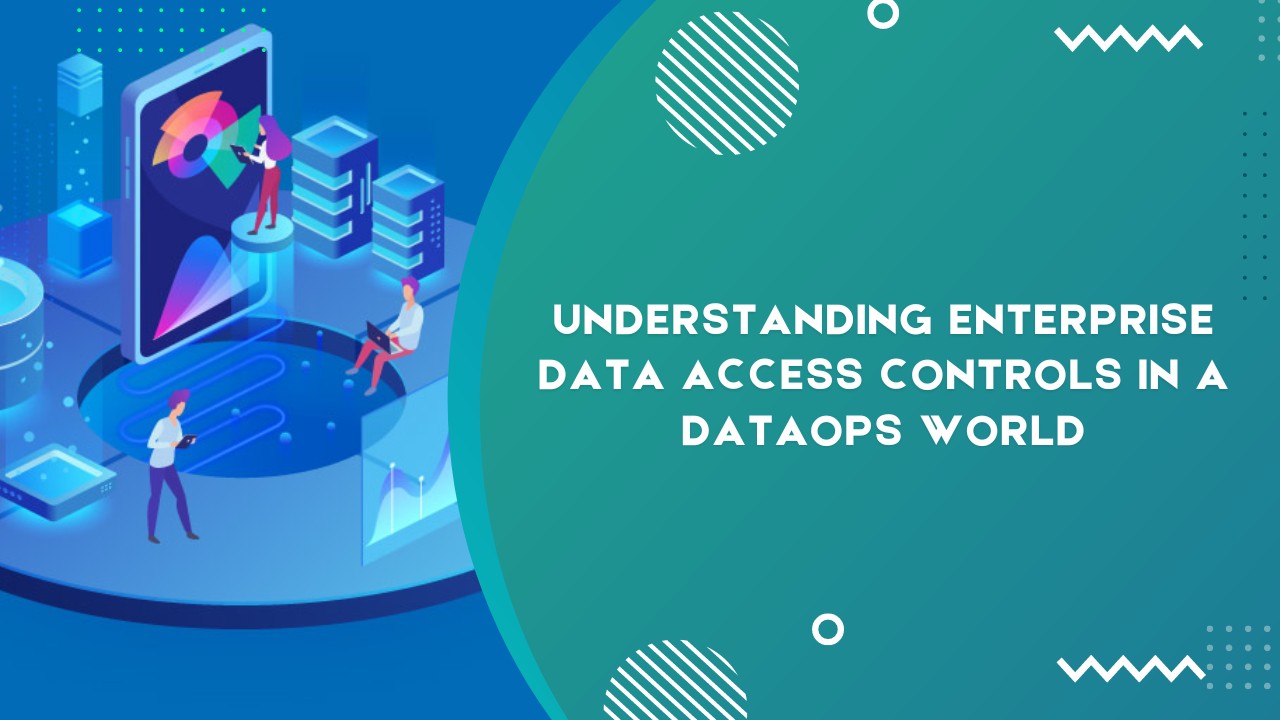What is data access control?
To best understand data access control, it’s important to define the access control principle and then go into the details of controlling access to data assets or data products. Data access control can be defined as security technique that regulates who or what can view or use resources in the computing environment. The data access control theory states that its main function is to mitigate & reduce the risk to the organization. Data access control is specific to the data or data protection & security & forms an important function of the data security.
What are different types of access controls?
Mandatory Access Control (MAC)
Discretionary Access Control (DAC)
DAC is in contrast to the previous model MAC. While MAC is the top-most level of access control, DAC works at a much lower or more smaller level. It gives the permissions to individual data owners to draw up and implement their own security policies and allocate security controls to data assets and products.
Improve the Communication, Integration & Automation of data flow across your Organization
Calculate your DataOps ROI
Role-Based Access Control (RBAC)
RBAC is the most common data access control model. In a nutshell, it defines roles based on the discrete requirements of users and participants who require access to the data. This access control model also uses the principle of least privilege based on discrete roles to grant access rights to the company’s data.
Attribute-Based Access Control (ABAC)
This data access control model is a dynamic method of data access control. In this model, resources like data products are given a series of attributes. And end-users are given access to a data asset on the basis of these attributes when positioned vis-à-vis to a set of rules, policies, and relationships.
Why is data access control essential?
Data access control must be an important part of any company’s data ecosystem to make sure that enterprise data does not fall in the wrong hands either intentionally or unintentionally. It is also important for the sake of regulatory requirements like those set up by regional, state, and federal governments.
Many of the organizations store the following category of data-
- Personal and sensitive data about the company, the customers, and the employees.
- Files containing sensitive information, and much more.
Hence, it is important to protect data to prevent leaks. The organizations must implement a robust, agile access control system to ensure that the company’s and client’s data isn’t stolen through hacking from outside the network of the company or is leaked from the inside of the company network.
Implementing a robust, all-encompassing data access control is important for all organizations that want to become a data-driven enterprise. DataOps provides an answer to robust data access control requirements. ISmile Technologies’ scalable solutions help businesses accelerate their journey to AI-powered automation, better data quality & real-time data governance.








